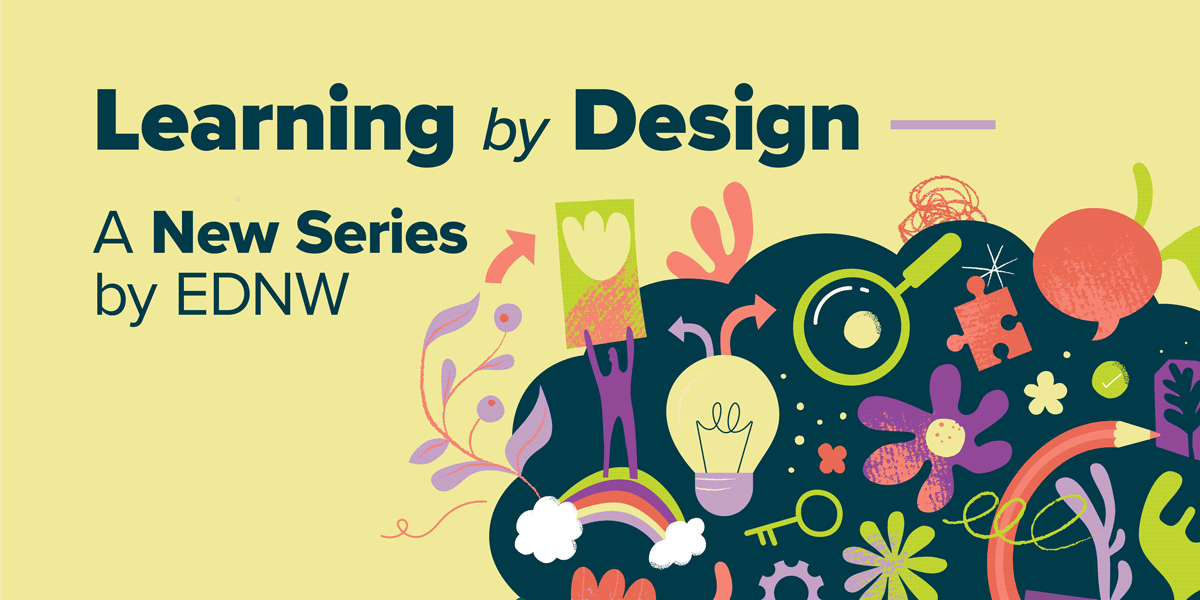Learning by Design

Welcome to the first post of our new blog series, Learning by Design, brought to you by our instructional design team at Education Northwest. Instructional designers, like architects, must construct an environment that is functional, safe, and engaging. To create this environment, we apply inclusive pedagogy and instructional strategies to create educational experiences and materials that support many different types of learners as they gain and apply new knowledge.
The goal of this blog series is to share our insights on the crucial role of instructional design in creating learning experiences that are accessible and engaging for all learners.
Join us in learning what it means to be inclusive by design!
Why Inclusivity Matters
In today's complex educational landscape, which encompasses in-person, virtual, and blended learning formats, learners come from diverse backgrounds and have different ways of learning. Just as there is no one-size-fits-all building, there is no one-size-fits-all learning environment.
Inclusive instructional design practices help ensure that all learners have equitable access to educational opportunities.
Just as there is no one-size-fits-all building, there is no one-size-fits-all learning environment.
What Does Inclusive Design Look Like?
Inclusive design means considering different components of the learning environment and intentionally designing them to be functional and accessible to learners with diverse characteristics. We consider characteristics like the different languages learners speak, different cultural backgrounds, different ways of processing information cognitively, different physical abilities to engage with technology or materials, differences between youth learners and adult learners, and more.
To build learning environments that account for this diversity, our instructional designers focus on various components, such as curriculum and resources for instruction and trainings, facilitation and technology for in-person trainings and professional development, and technology and accessibility for virtual learning environments and materials, to name just a few.
Design in Action
Our instructional design team is deeply committed to co-creating inclusive learning environments. Here are two examples of how we achieved this on two recent projects: one on culturally responsive curriculum, and the second on converting an in-person training to a virtual format.
Developing a Culturally Responsive Curriculum
We collaborated with the Cow Creek Band of Umpqua Tribe of Indians to develop authentic and historically accurate K–12 educational materials about the Tribe, supported by Oregon Senate Bill 13. This partnership exemplified how inclusive curriculum design must include active collaboration with the community it intends to represent. By working directly with the Tribe throughout the design process, we created lesson plans and supporting materials that accurately and respectfully represent their history, culture, language, and contributions. This collaborative project demonstrates how inclusive design can support educational equity and cultural preservation.
Reaching More Educators Through Virtual Trainings
Our team of instructional designers partnered with the Washington, D.C. Office of the State Superintendent of Education to convert a multiday, in-person training into an online series for career and technical education teachers and administrators. We understood that self-paced instruction was essential to accommodate the diversity of adult learners who would take the course. Our self-paced online format allowed learners to manage their different schedules and integrate new information without cognitive overload. In addition, our use of custom graphics, animations, and interactive activities ensured that the content was accessible and engaging for learners with diverse comprehension and attention styles.
